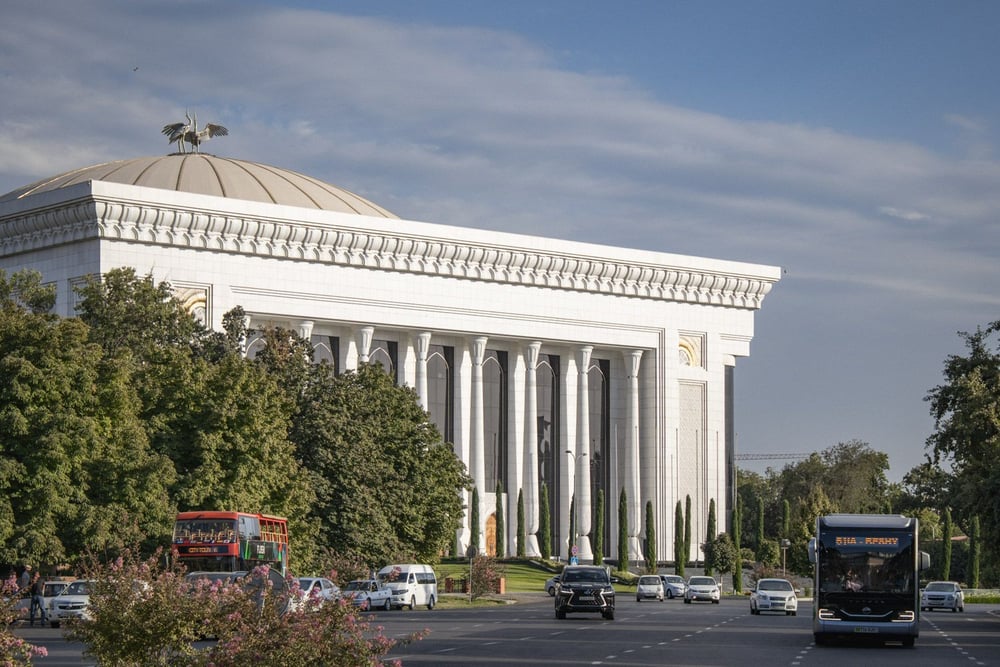Architecture of Uzbekistan
The architecture of Uzbekistan is an amazing surprise for travelers.
Majestic palaces, minarets, mosques and madrassas – for many centuries our country has been famous for stunning buildings, the history of which goes back centuries.
The most famous cities with architectural masterpieces – Samarkand, Bukhara, Khiva, Shakhrisabz, Termez and Kokand attract art connoisseurs from all over the world.
Their history begins from the time of Alexander the Great and combines all the elements of different architectural styles of the ancient East.
Some monuments found in various regions of Uzbekistan date back to the Stone and Bronze Ages.
Architectural creativity flourished here in the Middle Ages, when Uzbekistan was the center of the Great Silk Road. Since the 14th century, world–famous architectural monuments have been built on this land - Registan Square, the Shahi Zinda complex, the Bibi Khanim Mosque and the Gur Emir Mausoleum in Samarkand, the Ak-Sayrai Palace in Shakhrisabz, the Kalyan and Labi House ensemble in Bukhara, minarets and madrasas in Khiva. And this is just a small part of the stunning sights of this amazing country, after visiting which you will definitely want to come back again.
Magnificent, colorful mosaics, religious symbols and abstract geometric patterns are considered the hallmark of Uzbekistan.
There are a huge number of historical architectural monuments on the territory of Uzbekistan. Mosques, mausoleums (tombs) and madrasahs (Muslim higher educational schools) occupy a special place. Mosques have always been places of worship, solitude and meetings. Minarets or large towers were usually built next to mosques in order to call residents to prayer. The minarets were built in a circular shape, had a spiral staircase inside, and a special platform at the top.
Madrassas were important facilities, because the bright minds of their time studied there, and they were taught by advanced people. As a rule, Islamic studies, literary languages, calligraphy, law studies, and some applied disciplines were studied there. During their studies, students and their teachers lived in special rooms, cells, hujras, located on the top floor. There was always a courtyard and a garden.
The Central Asian climate dictated its own conditions in the construction of buildings. The most important task was to protect oneself from the dry and hot summer and keep cool, so the exterior of the buildings was usually a solid wall, and the windows overlooked the courtyard. There was always a small pool inside the square courtyard to collect water and perform ablutions. Arched entrance portals and special iwans (rows of niches) protected windows and doors from direct sunlight.
